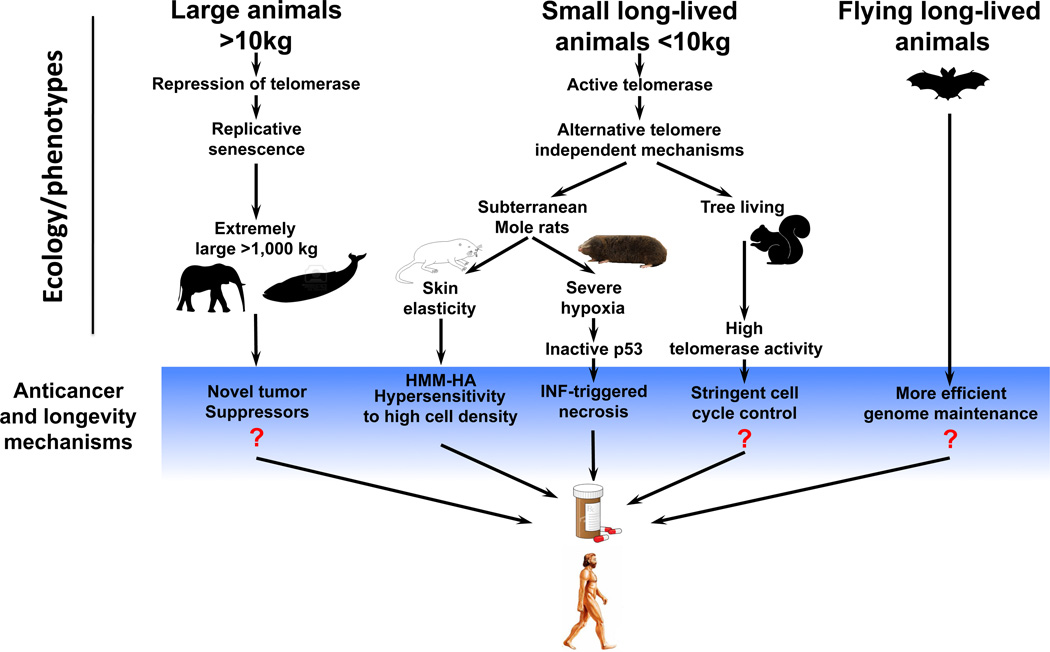Figure 4. Lineage-specific mechanisms of longevity and cancer resistance that evolved in species with diverse ecology could be adapted to benefit human health.
The upper part of the figure depicts three groups of species whose ecology or phenotype is associated with evolution of longevity and anticancer adaptations. The blue banner below highlights such adaptations. On the left, body size >10 kg is associated with evolution of replicative senescence. The giant mammals such as elephants and whales are hypothesized to evolve novel tumor suppressor mechanisms that are absent in smaller species including human. Shown in the middle are small long-lived species. This group is characterized by diverse anticancer adaptations such as high molecular mass hyaluronan (HMM-HA), interferon (IFN)-triggered necrosis, or stringent cell cycle control. On the right, are long-lived bats that possibly evolved more efficient DNA repair and DNA damage systems and alterations in IGF1–GH axis. Question marks indicate adaptations for which exact molecular mechanisms are still unknown.

